Kestrels Feasting in the Alfalfa Fields
How migrating birds benefit from agricultural fields
I was pleasantly surprised to see another beneficiary of the rich insect life that the alfalfa fields presented. One day my friend reported seeing well over 100 American Kestrels in the farm fields. After seeing his photos, I rushed to visit the farm the following day. And there they were!!! One after another after another, Kestrels seemed to be everywhere.
American Kestrels are the smallest of the six falcon species in the United States. Beautifully colored, the females have all brown wings. Almost all of the Kestrels I saw were females. Males, with their blue wings, seem to have already reached their northern breeding grounds and were staking out their territories. The female Kestrels were still on their way north.
Kestrels will hunt from a high perch, scanning the field for prey. Then they will use their incredible speed to attack and grab their prey. In the broad expanse of the farm field, the irrigation ditches provided perches "above" the level of the ground. This Kestrel had captured some kind of insect and returned to the edge of the ditch to consume it.
Hunching over her snack, the Kestrel proceeded to rip one piece after another from the large insect.
I remained in my car as I always do when in the farm fields. With the car as my "blind", the birds and animals do not see a human and are likely to be less anxious, but this Kestrel (and the others) still kept a close watch on me while she was eating. When migrating birds stop to refuel on their way, it seems as if they are less likely to fly off. They seem so intent on fattening up for the next phase in their migration that they may be less 'jumpy' than usual.
Kestrels, like other falcons, have long and pointed wings. That shape of wings helps to contribute to the falcons' high speed and maneuverability in flight.
Although there were no trees in the farm fields, there were some on the edges of the farm. Kestrels could be found there although the greatest number remained in the fields, on the irrigation ditches and on the low mud berms between the fields.
Again, almost all of the kestrels seen at the edges of the farm were females with their brown wings and streaky breasts.
Besides hunting from high perches, American kestrels also hunt from the air, flying over fields while scanning below for prey. When doing this, they also can "kite" by flapping their wings to remain in one spot while hovering over potential prey. One Kestrel showed its flight and hovering skills very close to the car. I thought it was neat to see how it could fly forward while looking to the side at me!
Even as it flew forward, it monitored my position for a moment.
Kestrels may hold their wings wide to catch the air allowing them to glide slowly or hover.
Downward wingbeats show the Kestrel's pointed wings. Kestrels are just under one foot long, beak to tail. Their wingspan is almost two feet from tip to tip. And yet these powerful birds will only weigh between 3 and 6 ounces.
Birds in flight are a thing of beauty.
When I returned to that same farm two days ago, there were just a few remaining American Kestrels. Their migration is just one more sign of spring.
A special thank you to those of you who have contributed to our Birdathon team in support of the Tucson Bird Alliance. Since I reported one week ago, we have received generous donations from Terry D., Carol R., Jill B., Marjorie S., Michele J., Marsha K., Deanna R., Nancy D., Michele W., Reuben W., Steve S., Susan W., Ken S., and Jenny N. Thanks to each one of you!!
Our team, called "Birdies, Bogeys, and Eagles" will be heading out this Monday for our Birdathon morning. We hope to see 40 species at the golf course that we bird at monthly and I will report back to you afterwards. Contributions to our team can be made through the end of April
For more information about the Birdathon and to donate to our team, please go to https://tas.app.neoncrm.com/np/clients/tas/campaign.jsp?campaign=128&fundraiser=12602&


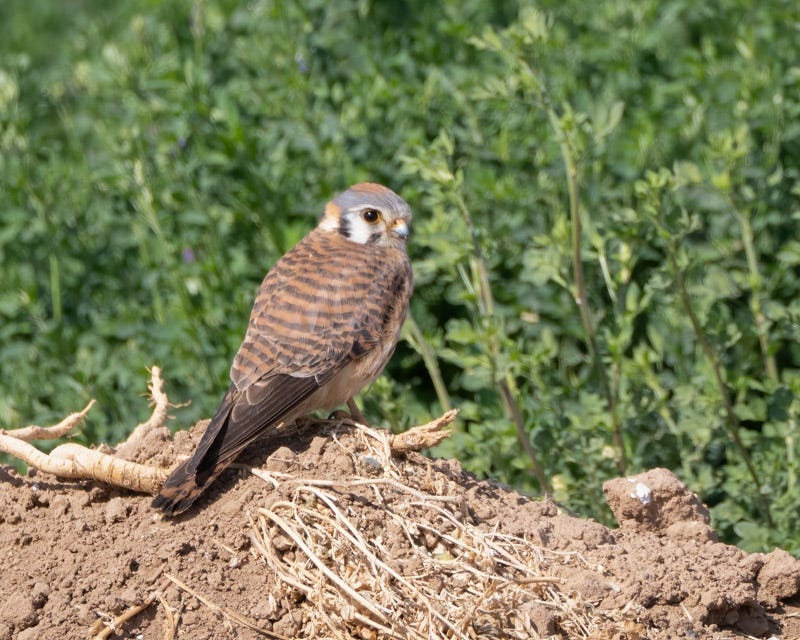

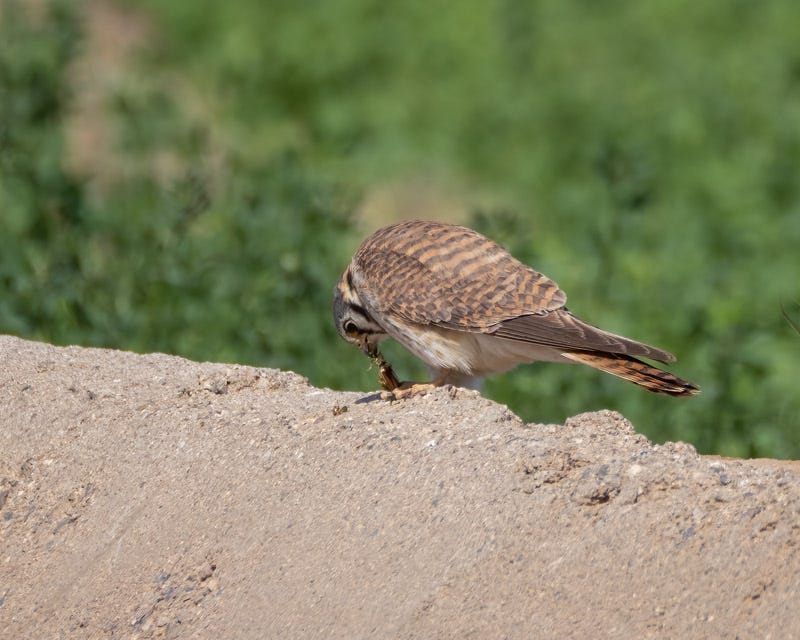
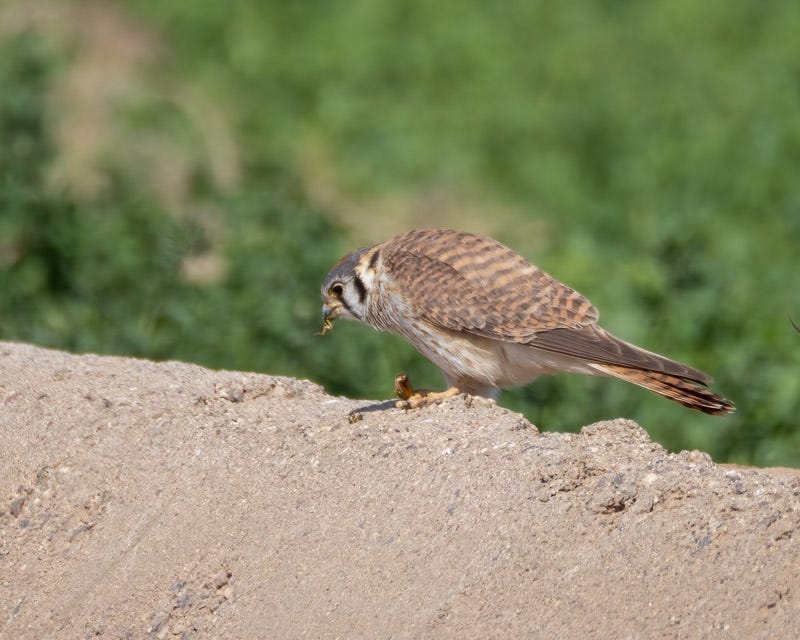

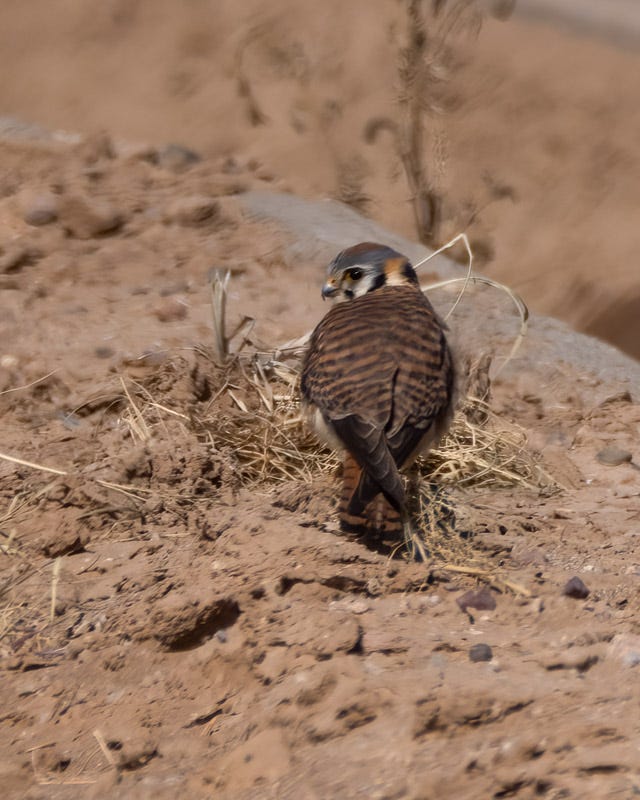

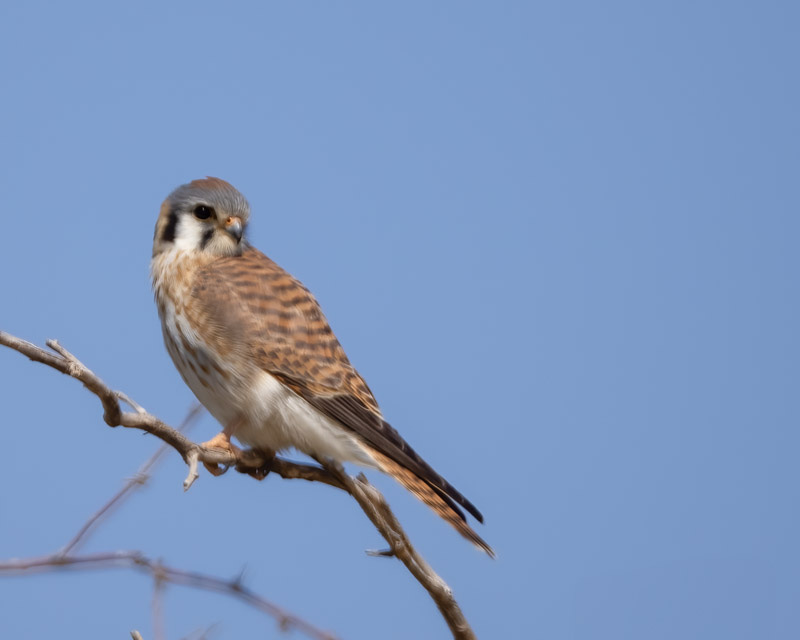

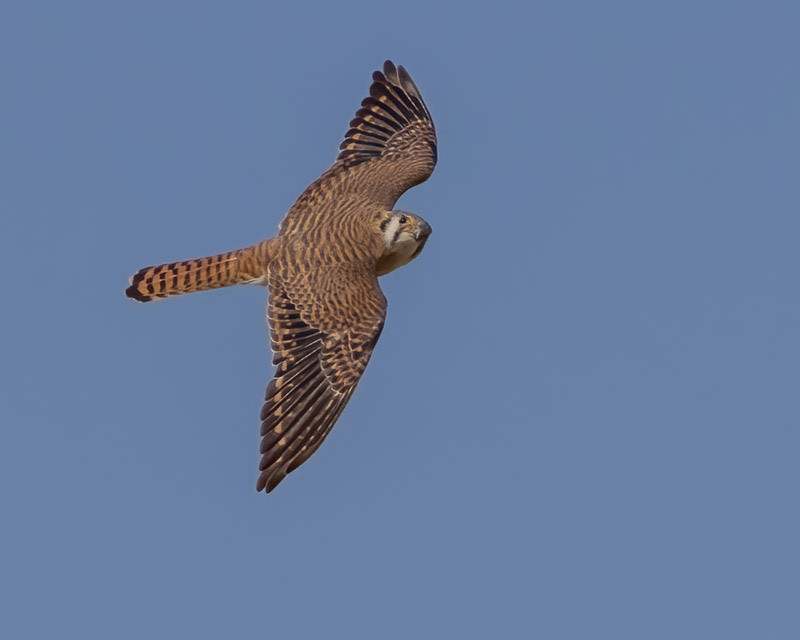


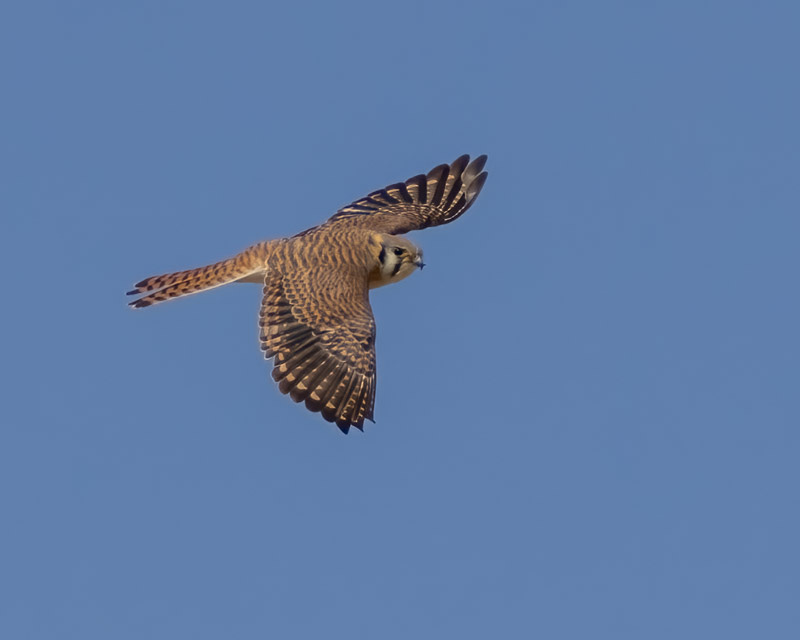
Beautiful shots of beautiful birds, Dan!
I have especially enjoyed your pictures, Dan, while in Tucson. Now en route home to Nova Scotia, Canada, in time for our wood warblers and so many, many vagrant visitors. Have great Birdathon fun.